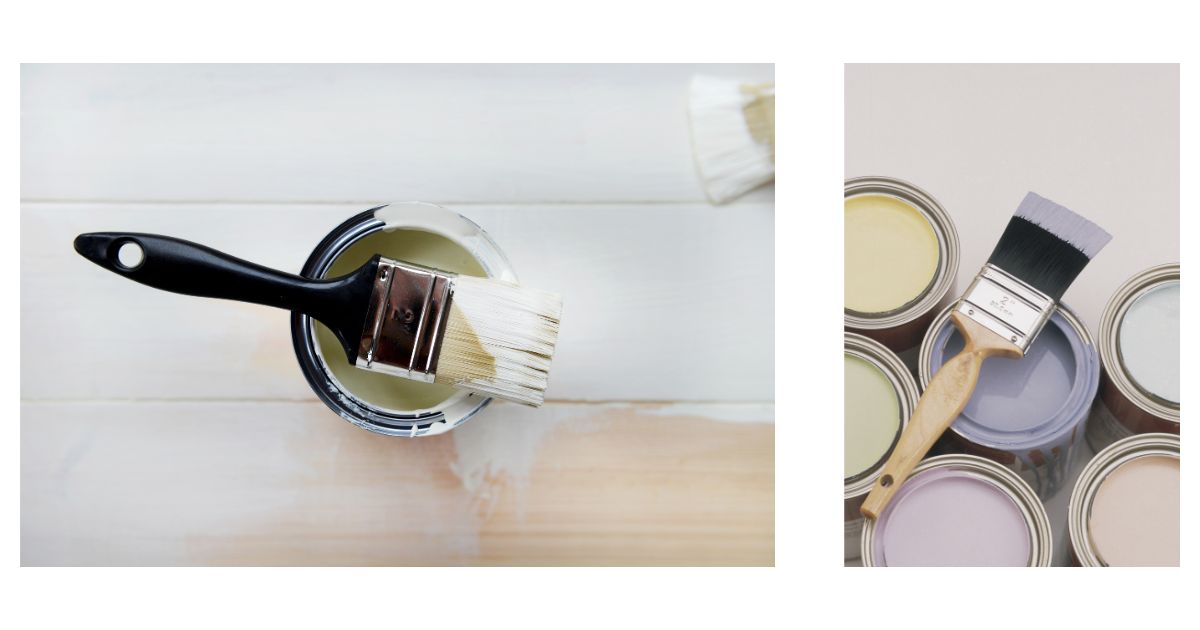There is no right or wrong answer regarding sanding between coats of paint. Every situation is different, so the best way to determine whether sanding is necessary depends on the case. However, a few general guidelines can help you make an informed decision.
First and foremost, always test a small area before sanding an entire surface. This way, you can ensure that any damage caused by sanding will be minimal. Secondly, always use a power sander with fine-grit sandpaper.
Avoid using sandpaper with too much grit; this will only damage the surface layer of paint and cause more problems in the long run. Finally, wear safety goggles and a dust mask when sanding to avoid inhaling harmful particles.
What Is Sanding?
Sanding is the removal of paint or other material by applying sandpaper to a surface. Sanding aims to smooth out imperfections and prepare the surface for a subsequent finish. Sanding should be considered before any other type of finish because it can achieve a more uniform finish than other methods.
When sanding, it is important to use the correct grit of sandpaper. The higher the grit number, the finer the sandpaper. Coarse sandpapers can be used on larger areas, while finer sandpapers are better for smaller patches.
What Are the Benefits of Sanding?
There are many benefits to sanding between coats of paint. By removing the excess paint and rough edges, you can ensure that the next coat of paint will stick to the surface more easily, resulting in a smoother finish.
Additionally, sanding can help remove moisture and airborne particles, which can cause painting problems such as peeling or blistering. Sanding also leaves a smoother, more durable surface on which to paint. This is especially important if you plan to use a coat of sealant or varnish, as the finish will be more resistant to chipping or cracking.
What Are the Downsides of Sanding?
Many think sanding between coats of paint is a good way to save time and repair dried or cracked paint. However, there are some disadvantages to this practice. The first downside is that sanding can remove the protective top coat of paint and leave the underlying paint unprotected. This can lead to damage if the underlying paint is not properly sealed.
Additionally, sanding can create small scratches on the paint’s surface that will eventually show through the finish.
Which Surfaces Should I Sand?
There are a lot of opinions on whether or not you should sand between coats of paint. Some people think that it helps prevent peeling and cracking, while others say that it’s not necessary at all. Ultimately, it’s up to the individual painter to decide whether or not they think sanding is necessary.
You may need to sand between coats if you’re painting a rough surface like wood. If you’re painting a smooth surface like drywall, you may not need to sand. It all depends on the type of paint and the surface.
When Should I Sand Between Coats of Paint?
It is generally a good idea to sand between coats of paint to remove any lumps or bumps. However, there are a few cases where this is not necessary. For example, if you are using a primer and the finish coat of paint is smooth, there is no need to sand between coats.
Conclusion
While it is always a good idea to sand between coats of paint, there are different factors to consider when deciding whether or not to do so. For example, the type of paint being used, the desired finish, and the amount of time needed for the first and subsequent coats. Ultimately, it is best to consult with a professional if you have any questions about how to sand between coats of paint. Thanks for reading!










